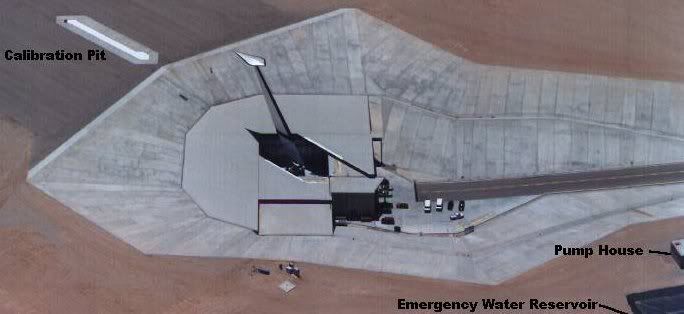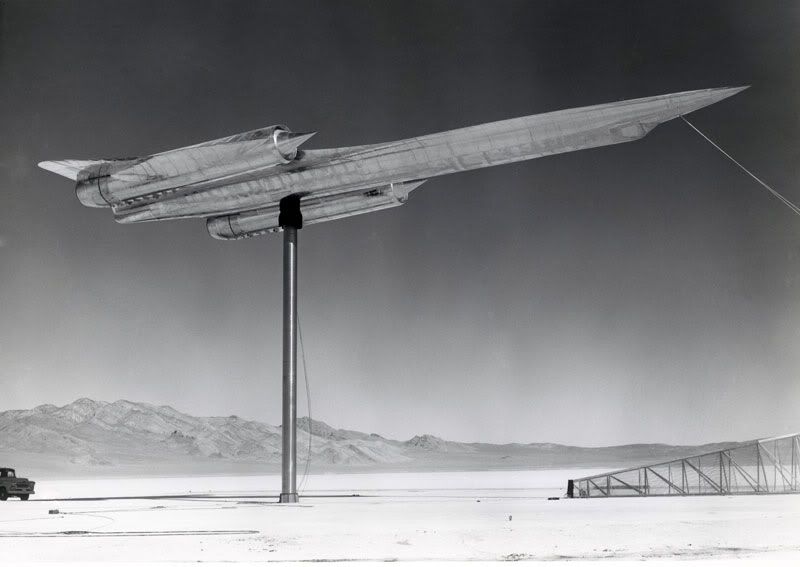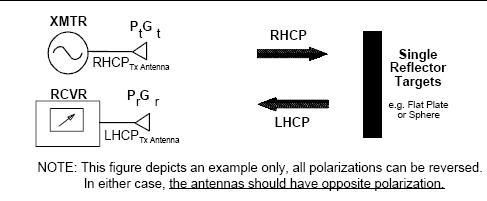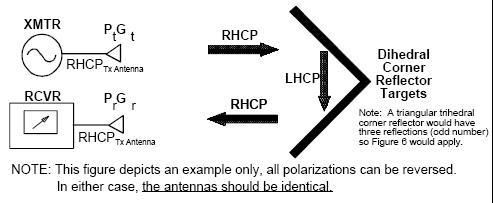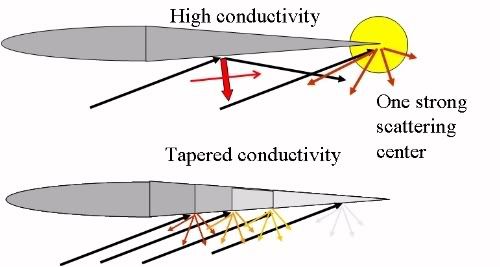What do you consider about the French position with regards to active cancellation using the SPECTRA. And may I know how good the SPECTRA is against other conventional jammers?
SPECTRA is touted as 'active cancellation' by some but in truth and function it is not. The system is more ECM than RCS reduction. What SPECTRA does is to create a more refined version of jamming than the current ECM method.
Rafale, Dassault-Breguet
Active cancellation is a LO technique in which the aircraft, when painted by a radar, transmits a signal which mimics the echo that the radar will receive - but one half-wavelength out of phase, so that the radar sees no return at all. The advantage of this technique is that it uses very low power, compared with conventional EW, and provides no clues to the aircraft's presence; the challenge is that it requires very fast processing and that poorly executed active cancellation could make the target more rather than less visible.
The complexity of active cancellation could account for Spectra's high price tag, estimated in 1997 as "several billion francs" (equivalent to the high hundreds of millions of US dollars) for research and development. One of four Rafale prototypes was dedicated to Spectra tests, along with a Falcon 20 flying testbed. Four new large anechoic chambers were built to support the Spectra project, including one which is large and well equipped enough to operate the complete system in a fully detailed electromagnetic environment.
There are two main methods in creating the highlighted transmission:
1- Transmit a separate signal
2- Manipulate the impinging radar wave
Every time a body is 'painted' with a radar wave, any portion of that wave that bounced off that body make the body an 'emitter'. The moon does not create its own light, it merely reflect and that make the Moon an 'emitter' of sort.
What the Rafale's SPECTRA system does is item 1: To transmit a separate signal that
MASK any reflected signals off its body. The equivalent would be for the Moon creating its own light source that is greater than or somehow cancel out any light that reflected off its surface. So with the Rafale's SPECTRA system, we actually have
TWO signals off this emitting body:
1- Reflected signal from the original impinging radar wave.
2- The SPECTRA created signal that attempt to cancel out the first signal.
Now we will see how the SPECTRA system can fall short of its intention.
In basic pulse radar operation, we have pulses and they are in a 'train'...
Radar signal characteristics - Wikipedia, the free encyclopedia
...With these two critical items that can make or break a SPECTRA-like system if it is not well designed or attempt with inferior technology...
Pulse repetition frequency (PRF)
In order to build up a discernible echo, most radar systems emit pulses continuously and the repetition rate of these pulses is determined by the role of the system. An echo from a target will therefore be 'painted' on the display or integrated within the signal processor every time a new pulse is transmitted, reinforcing the return and making detection easier. The higher the PRF that is used, then the more the target is painted. However with the higher PRF the range that the radar can "see" is reduced. Radar designers try to use the highest PRF possible commensurate with the other factors that constrain it, as described below.
Staggered PRF
Staggered PRF is where the time between interrogations from radar changes slightly. The change of repetition frequency allows the radar, on a pulse-to-pulse basis, to differentiate between returns from itself and returns from other radar systems with the same frequency. Without stagger any returns from another radar on the same frequency would appear stable in time and could be mistaken for the radar's own returns. With stagger the radar’s own targets appear stable in time in relation to the transmit pulse, whilst the 'jamming' echoes are moving around in time (uncorrelated), causing them to be rejected by the receiver.
Every pulse train has a PRF. But no one said the PRF has to be constant even between the pulses themselves. Of course, this would make the electronics more complex and costly.
Say I transmit ten pulses (one pulse train) at the SPECTRA equipped Rafale. Say I keep the PRF between these ten pulses constant. What SPECTRA will do is analyze at least three pulses regarding each pulse's basic characteristics and record the time intervals between these three pulses. So if there are three pulses, there would be two gaps, correct? Then SPECTRA will transmit its own counter signals, not to cancel out this pulse train, but to mislead me -- the transmitting radar seeking the Rafale. The 'cancellation' bit is somewhat misleading. It is deception, not negation or destruction.
Staggered PRF is also known as 'jittering' and although it is a valid technique to avoid confusion between my own and other signals in an electronic crowded environment, as a
TACTIC against targets that are trying to mislead me, PRF jittering is very good. To burden the SPECTRA system, one pulse train would have a different PRF than the previous pulse train and the subsequent pulse train. The SPECTRA system would have to wait for at least three pulses per pulse train to analyze the entire train and to create an ECM signal for that particular pulse train. There could be three echoes from those three pulses or there might not be any. That is the chance that I, the aggressor transmitter, would have to swallow. So if I transmit three pulse trains with different PRF between them, aka PRF jittering tactic, I could have up to nine echoes (or not) to try to detect the Rafale.
I could burden the SPECTRA system even more if I modulate the amplitude (strength) of each pulse in each of the three pulse trains. So each pulse train would have the same PRF between the ten pulses but each pulse would have different amplitude. That is an additional character of the entire train that SPECTRA would have to analyze and create an ECM signal. So now instead of using three pulses to analyze and create an ECM signal, SPECTRA might (or not) use four or more, giving me, the aggressor transmitter, more odds of detection, no matter how briefly, of the Rafale, before SPECTRA can respond.
Now
YOU can see how the more the transmitter manipulate its own signals, the greater the burden it will be for SPECTRA and the greater the odds of detection against a SPECTRA equipped aircraft. This is limited only by your imagination and technical limitations in order to make possible your imagination. So if you are a 'Third World' air force flying Korean War vintage fighters, SPECTRA will defeat you with ease.
On the other hand, if a SPECTRA-like equipment is badly designed and built with inferior technology and material, this SPECTRA-like system can actually assist you, the aggressor transmitter, in locating the target. This inferior system can wait too long to create an ECM response, that ECM response may not effectively mask the signals that bounced off the aircraft's body, or it could even boost that reflected signal, advertising to all on the aircraft's presence.
So even though the SPECTRA system does have its limitations and weaknesses, the ECM tactic itself is sufficiently sophisticated and indeed very technologically daring that only the more technologically adept countries could afford to develop the idea. The consequences -- may be lose a war -- of a badly designed SPECTRA-like system is too disastrous to risk investment.
As for item 2:
Manipulate the impinging radar wave. That is the next phase in US 'stealth' technology.
So, are you suggesting the US has been able to successfully negate hostile waves consistently, atleast in lab tests?
Yes...The current RAM method does perform some 'destructive' action on a portion of the impinging wave. It basically convert the wave to heat, but not enough to show on IR detection. The amount of the wave converted to heat is miniscule compared to in-flight friction. The rest of the wave is diverted through body shaping and I explained that already.
Sir, I understand that Plasma stealth is too good to be true. In case the Russians are not lying about it, are there any counters to it from the American side.
Plasma is also formed when a space shuttle or a rocket re-enters the Earth's atmosphere. So, is it not impossible to sustain plasma flow during flight?
I said elsewhere that there is no such thing as 'military technology' but only the military adoption and adaptation of technology for military uses. I never said that plasma could not be created through man-made methods. I am saying that the Russians grossly exaggerated the efficacy of plasma as a military tactic. They are not lying. They are just not totally honest with you.
And how does a F-22 beat the Russian OLS or passive infrared detectors?
Optical sensor, including IR, are not good for range estimation. They are best to give initial directional guidance to the weapons. They depends on target characteristics, such as reflectivity to ordinary light or IR or ultraviolet or even water vapor. In other words, optical sensors rely upon the target, as an emitter, to emit signals not under your control. Radar signals, on the other hand, are fully under your control. You determine its characteristics, when/where it will be transmitted and you know best what the results will look like because you know the initial characteristics. Optical sensors, including IR, is no greater a threat to the F-22 than radar.
